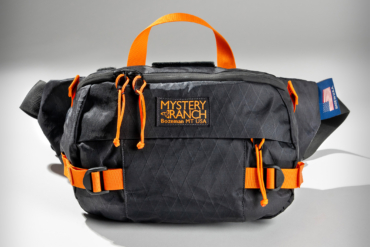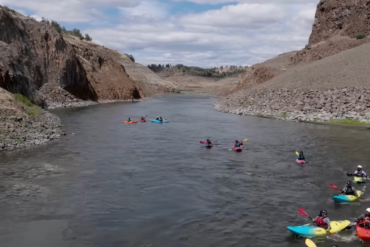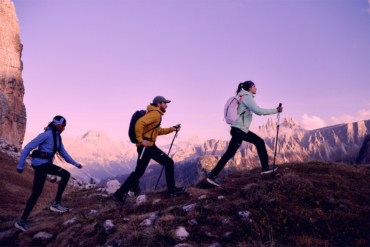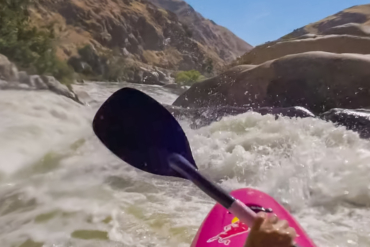Many outdoor lovers are tempted by a stream of new and seductive gear options. But sometimes, good old-fashioned simplicity works best.

At the outset of a trip, I frequently find myself offering Ziploc bags to the rest of the group the way many folks would offer a piece of gum.
The underlying logic is the same: Likely, somebody wants one. And, if you’re doing it right, you’ve got enough to go around.

The diversity of applications these little polyethylene polymaths have, combined with their ability to slip weightlessly by the dozens into a pack, have raised them to “essential” status for every type of jaunt I take, be it a spell in the woods, a few days on the river, or a flight overseas.
Ziploc: Resealable Bags For The Outdoors
The word “Ziploc” generally references any sealable plastic baggy. However, when I say “Ziploc,” I mean Ziploc™.
Specifically, those gorgeously robust freezer bags. Their thicker material and sturdier closures are more adept than cheaper varieties at keeping the good stuff in and the bad stuff out, even after repeated thrashings in my pack or pocket.
Call me thriftless, but a few extra pennies seem a reasonable price to pay for something that might ultimately keep the fish guts off my sleeping bag in bear country.
How can you use Ziplocs in the Backcountry? Let me count the ways:
- Store toilet paper
- Keep electronics dry
- Purify Water (really)
- Organize snacks
- Keep fire starters dry/organized
- Pack out trash
- Improvised flotation aid
- Makeshift fishing bobber
- Catch rainwater
- Ice pack
- Start a fire (really)
- Carry bait (or fish)
- Food prep surface, mixing bowl, measuring cup, and even skillet
- Lens cap
- Pillow
And the list goes on and on.

Inside a Ziploc, I can toss my phone with an old koozie and it will keep my technological umbilicus dry and buoyant! At last check, a LifeProof case can’t keep my beer cold or my sesame sticks dry.
Although it’s not always warranted, I can’t help but anticipate everything I own getting doused or dunked when I’m out and about. It’s just the paddler in me, I suppose. As a result, I end up Ziplocking more than I probably need to.
But this has the benefit of leaving me with an ample supply to repurpose along the way. With them, I can cover, cool, store, seal, portion, hydrate, cook, and clean. All at the expense of nothing but a few ounces and some loose change.
No matter how many I manage to bring along, though, I can never seem to keep myself from squeezing in a couple extra just in case.
You can buy Ziploc brand freezer bags basically anywhere for pretty much no money.






